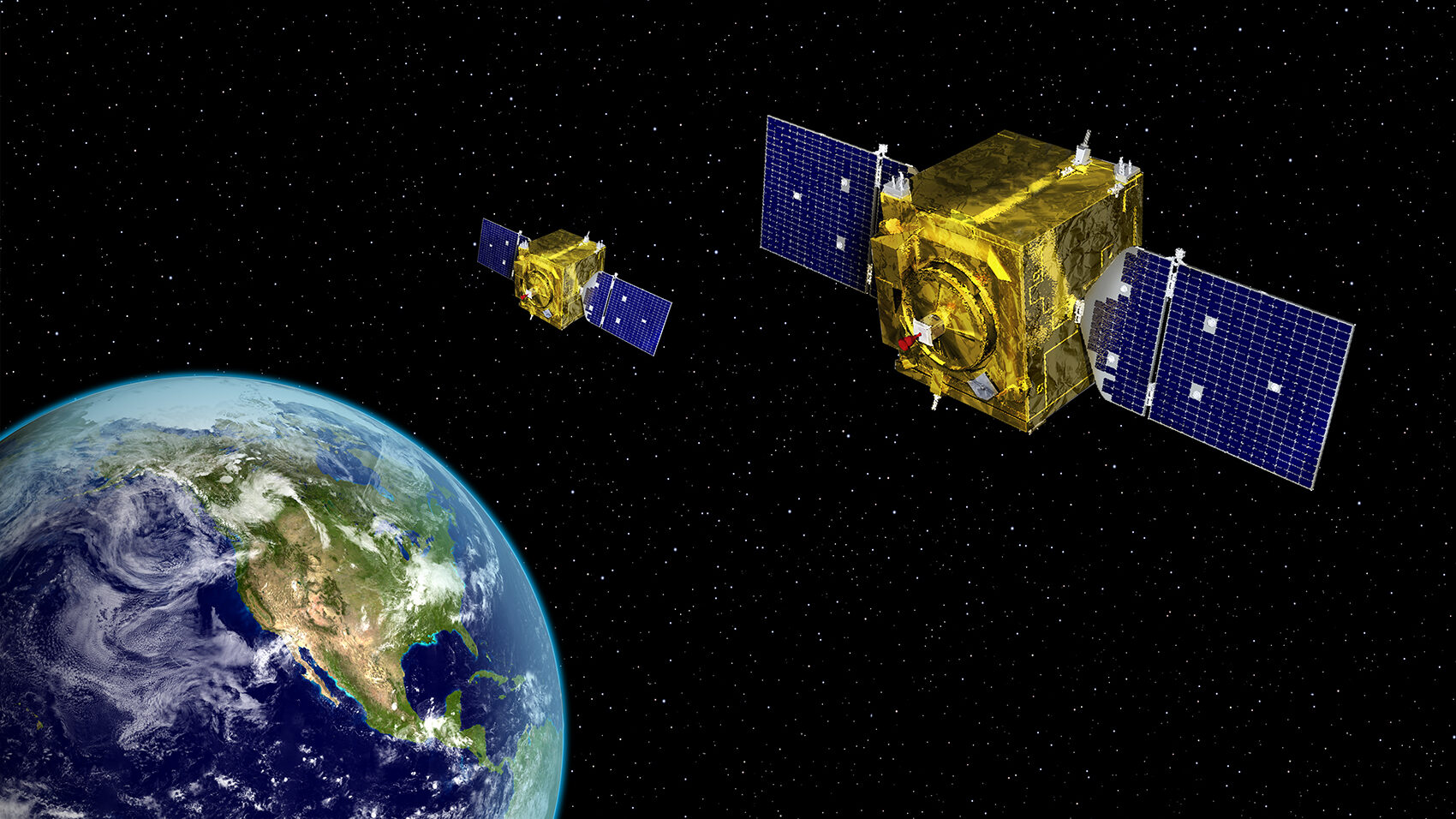
WASHINGTON — The Space Rapid Capabilities Office (SpRCO) intends to award two vendors contracts by the end of the year to demonstrate that Space Force satellites can be equipped with small, inexpensive on-board radar systems to warn of potential threats from nearby satellites.
While small — worth $3 million each for 24 months — the planned awards are part of a larger effort to promote what the SpRCO calls real-time “own-ship awareness” for US national security satellites.
At a time when threats to US satellites from Chinese and Russian counter-space capabilities are growing, Pentagon officials widely have acknowledged that the current system for keeping eyes on the heavens and finding space-based threats is no longer fit for purpose, with improvements at the top of the priority list for both the Space Force and US Space Command.
Further, US military space leaders also are now more open about the fact that they see space domain awareness as a foundational capability for “orbital warfare” — not just by allowing US satellites to avoid threats from adversaries but also enabling joint force “effectors” on the ground, in the air, at sea and even in space to target enemy satellites and spacecraft.
The effort to develop “own-ship awareness” capabilities thus is major thrust of ongoing SpRCO work, which is focused on moving commercially available capabilities as fast as possible into the hands of Space Force operators. The office has underway a handful of projects to address various underlying technologies for equipping future satellites for orbital warfare missions.
Just like their counterparts routinely carried on aircraft, the on-board satellite radar warning receivers would detect and identify incoming radar signals, and alert an operator not just if another object is approaching, but whether it is being tracked and/or targeted using radar.
SpRCO first revealed in December 2023 that three early prototypes for on-board threat warning had been launched 2023, although details were scant due to the classified nature of the effort. In March 2025, SpRCO Director Kelly Hammett said the prototypes had been a “quasi-operational success” at monitoring Chinese capabilities to pinpoint the whereabouts of US satellites.
While those prototypes were carried on a commercial satellite built by Northrop Grumman, the new sensors will fly on Space Force satellites — which will be a bigger integration hurdle.
“Space RCO is equipping the Force for warfighting capabilities that keep the U.S. ahead of emerging threats. Part of equipping is the tactical awareness that allows us to close our kill chains and disrupt those of the adversary,” Hammett told Breaking Defense on Wednesday in response to a query about the upcoming radar warning receiver award.
A SpRCO spokesperson told Breaking Defense that the office worked with the Space Force’s innovation arm, SpaceWERX and the Small Business Administration to actually increase the normal $2 million value cap of Direct to Phase 2 Small Business Innovation Research grants for the threat warning radar demonstration.
The spokesperson also said that SpRCO already is in discussions with the Space Force about “integration requirements and timelines” for flying the first low size, weight, and power radar on a “candidate” satellite to be launched in geosynchronous Earth orbit (GEO). Likewise, the office is “in discussions with a specific Space Force GEO program on including radar sensors on their line of future platforms,” the spokesperson said.
While the SpRCO spokesperson would not comment on the specific satellite and program in mind, Hammett has in the past referenced potential work with the Space Force’s nascent program, dubbed RG-XX, to replace its six Geosynchronous Space Situational Awareness Program (GSSAP) neighborhood watch birds. The service is set to issue a draft request for information for RG-XX by the end of the year.
Further, according to charts Hammett showed Sept. 17 during the annual Advanced Maui Optical and Space Surveillance conference in Hawaii, SpRCO is already planning a follow-own SBIR award for small on-board optical payloads for threat warning.



